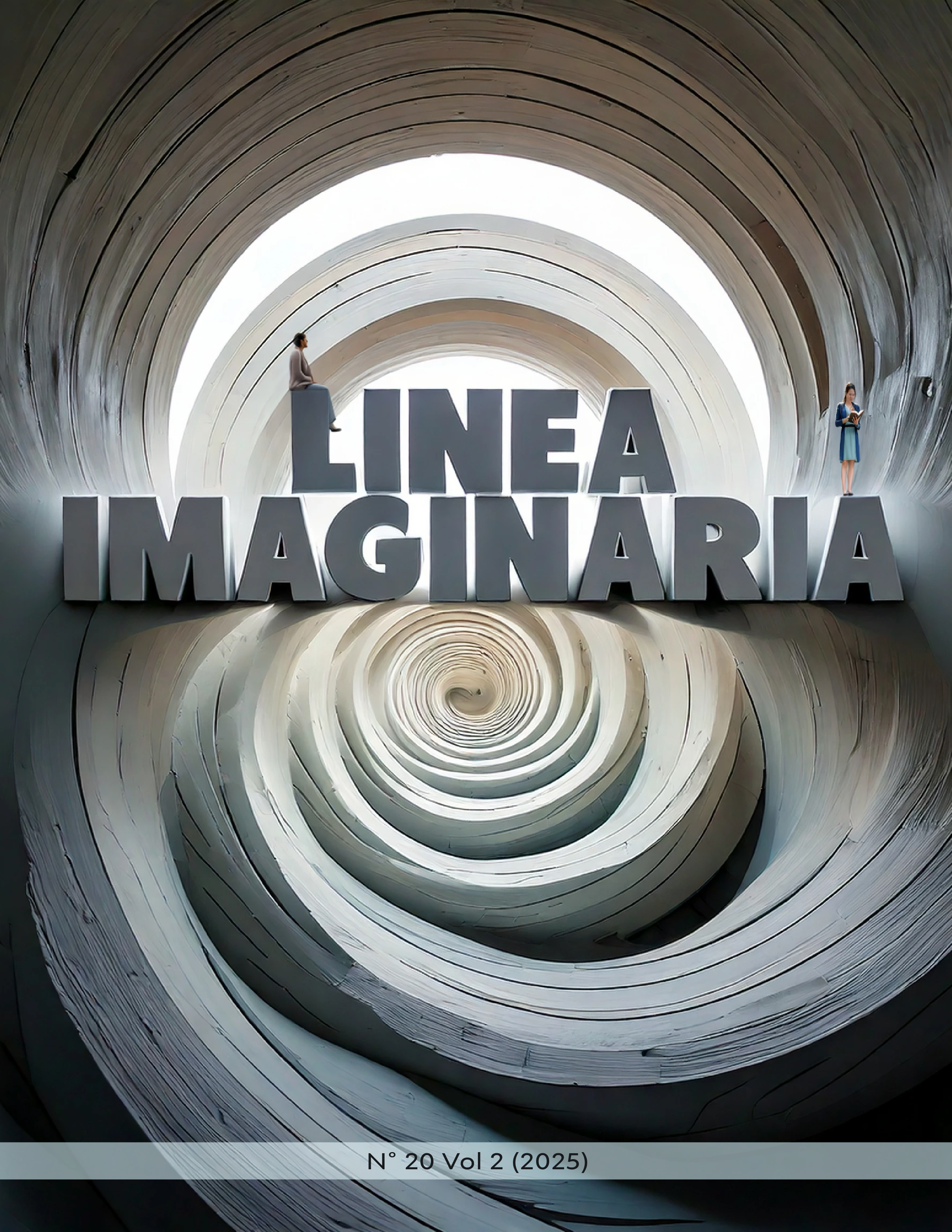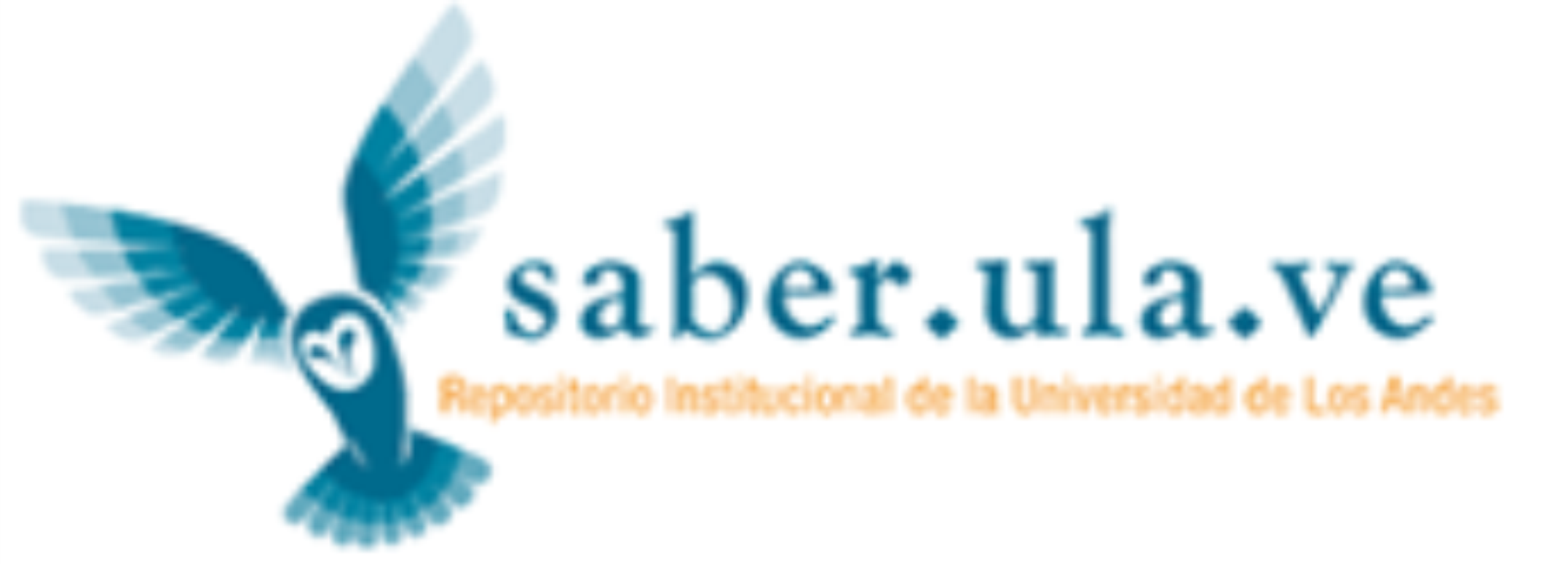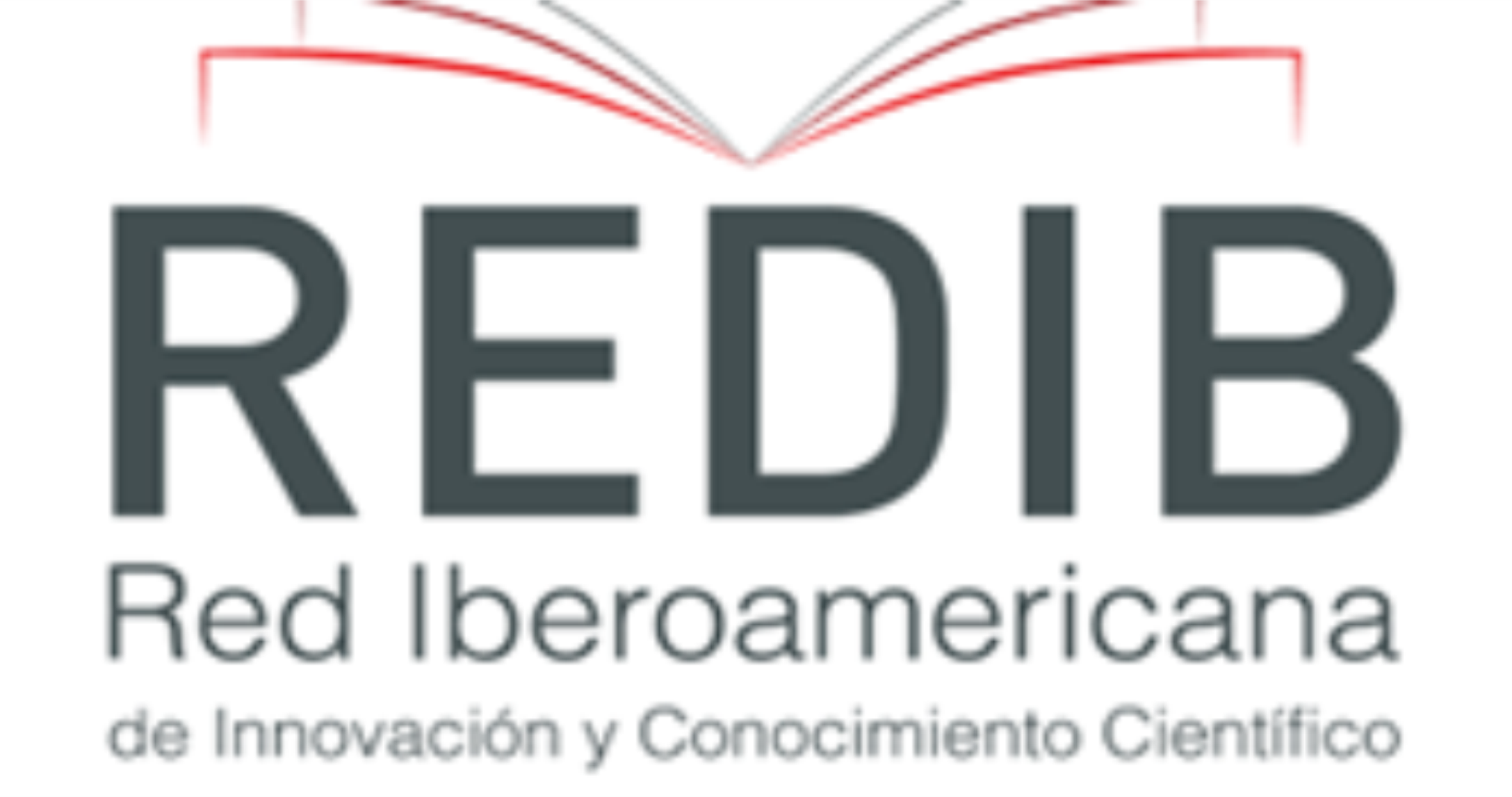THE LEARNING OF MATHEMATICS. A SIGNIFICANT CHALLENGE TODAY
DOI:
https://doi.org/10.56219/lneaimaginaria.v2i20.3765Keywords:
learning, significance, mathematicsAbstract
The area of mathematics has been defined and conceived by many authors as one of the most important in the training of their subjects. Through it, the subject acquires not only mastery of numerical skills, but can solve situations that emerge from their contextual reality, make timely decisions, develop formal logical thinking, be creative, assume commitment to the construction of their knowledge, inter alia. From this perspective, this article offers a hermeneutical review aimed at understanding how students learn the area of mathematics, highlighting its importance while creating awareness among them about their role as participating actors in their own knowledge, in a society of changes, where each subject uses the knowledge they have to solve the problems of their daily lives. For this, an interpretive paradigm will be used, supported by the hermeneutic method, from which different theoretical positions are reviewed aimed at knowing and strengthening the theoretical body of the essay presented, through this methodology we seek to obtain a foundation that allows the reader to understand the relevance that mathematics has today. Hoping to obtain as main findings positions and constructs that demonstrate the importance of the area of mathematics, and the provision of perspectives that can be used by students in the construction of their mathematical knowledge.
Downloads
References
Brito, D. (2016). Matemática como ciencia del saber. [Documento en línea]. Disponible:
chrome-extension://efaidnbmnnnibpcajpcglclefindmkaj/https://www.redalyc.
org/pdf/4277/427746276001.pdf
Castilla, M. (2014). La Teoría Del Desarrollo Cognitivo Según Piaget Aplicada En La
Clase Primaria. Valladolid: Universidad De Valladolid.
Fuentes, C. (2011). Historia De Las Matemáticas e investigaciones matemáticas en
secundaria. Algunos fundamentos y ejemplos para la clase. [Documento en línea].
Disponible: chrome-extension://efaidnbmnnnibpcajpcglclefindmkaj/https://
funes.uniandes.edu.co/wp-content/uploads/tainacanitems/32454/1172488/DeLaFuente2011Historia.pdf
Galán, A. (2012). La historia de las matemáticas. [Documento en línea]. Disponible:
chrome-extension://efaidnbmnnnibpcajpcglclefindmkaj/https://repositorio.
unican.es/xmlui/bitstream/handle/10902/1764/Gal%C3%A1n%20Atienza%2C%2
Benjam%C3%ADn.pdf?sequence=1
Piaget, J. (1973). Seis estudios de psicología. Barcelona: Barral Editores.
Rodríguez, M. (2019). La educación matemática en la con-formación del ciudadano.
[Documento en línea]. Disponible: Dialnet-LaEducacionMatematicaEnLa
ConformacionDelCiudadano-4451090.pdf
Serres Y (2015) Perspectivas de la educación matemática en Venezuela para el siglo
XXI. Colección PAIDEIA siglo XXI. México
Tamayo, H. (2022). Aprendizaje superficial versus aprendizaje profundo. Una teoría del
conocimiento significativo en el área de matemática. [Tesis doctoral en línea].
Disponible: https://espacio.digital.upel.edu.ve/index.php/TD/article/view/174/174
Veliz. (2020). El juego como estrategia didáctica para desarrollar el pensamiento
matemático en los niños del nivel inicial. Repositorio digital Untumbes,
Villalba, G. (2018). Importancia del proceso enseñanza-aprendizaje matemático para el
desarrollo humano y personal de los estudiantes. [Documento en línea*.
Disponible: https://repository.ucc.edu.co/bitstreams/e0596e21-5dc4-4227-a0cffda916907e1f/download
Zemelman, H.(2011b), Los horizontes de la razón, Tomo III, Barcelona, Anthropos,
Universidad de Calda.
Downloads
Published
How to Cite
Issue
Section
License
Copyright (c) 2025 LÍNEA IMAGINARIA

This work is licensed under a Creative Commons Attribution-NonCommercial-ShareAlike 4.0 International License.
La revista Línea Imaginaria conserva los derechos patrimoniales (copyright) de las obras publicadas, que favorece y permite la reutilización de los mismos bajo la licencia Creative Commons Atribución-NoComercial-CompartirIgual 4.0 , por lo cual se pueden copiar, usar, difundir, transmitir y exponer públicamente, siempre que se cite la autoría y fuente original de su publicación (revista, editorial, URL y DOI de la obra), no se usen para fines comerciales u onerosos y se mencione la existencia y especificaciones de esta licencia de uso. Si remezcla, transforma o crea a partir del material, debe distribuir su contribución bajo la misma licencia del original.













